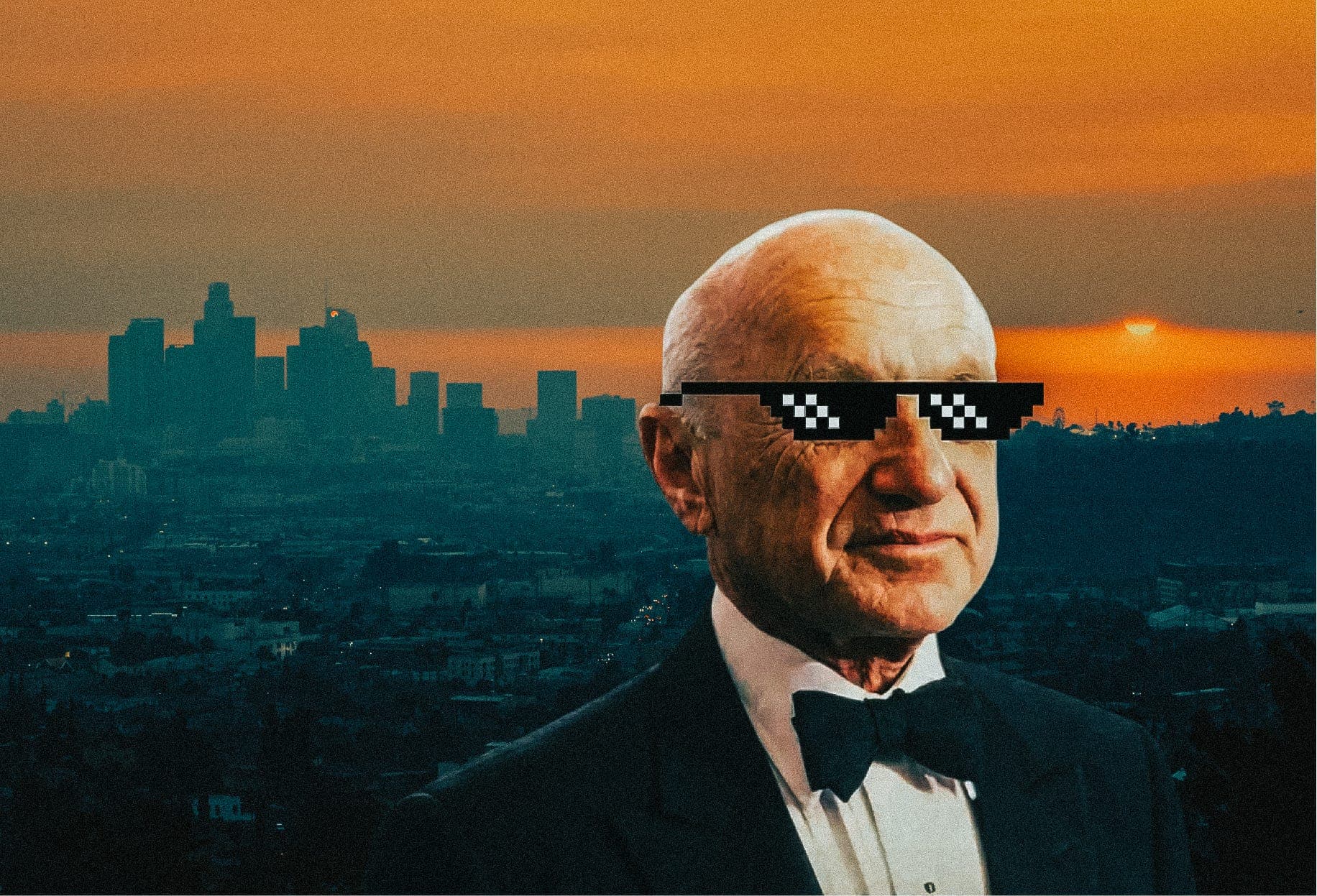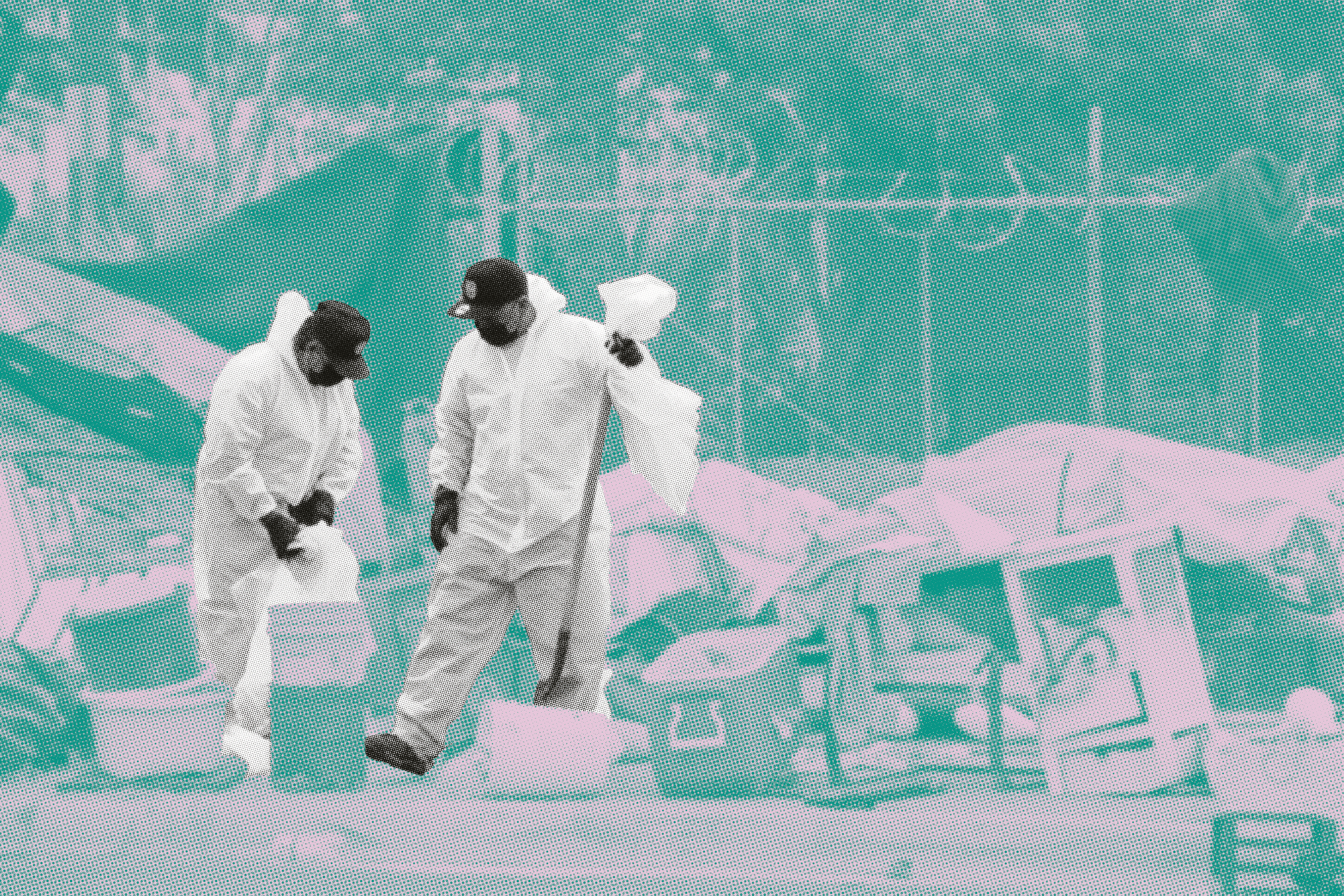
LA Rent Caps Will Backfire (on Renters)Dec 4
city council votes to cap rent increases below inflation, crushing long-term cashflow for landlords with below market rents and knee-capping new development
Feb 21, 2024

In 2009, several homeless people in Boise who had received citations for sitting or sleeping on public property enlisted the counsel of local legal nonprofits. Shortly thereafter, two of these nonprofits — Idaho Legal Aid and the National Homelessness Law Center — along with Latham & Watkins, a white-shoe multinational firm, helped their clients file a lawsuit against the city on the grounds its enforcement of anti-camping laws violated the Eighth Amendment’s ban on cruel and unusual punishment. The plaintiffs lost the case in Idaho District Court but sought review from the Ninth Circuit Court of Appeals, which ultimately ruled against the city in Martin v. Boise (2018).¹ “As long as there is no option of sleeping indoors,” Judge Martha Berzon wrote, “the government cannot criminalize indigent, homeless people for sleeping outdoors, on public property, on the false premise they had a choice in the matter.”
The court took pains to clarify its Martin decision was “narrow” and only concerned cases in which “no sleeping space is practically available in any shelter.” But it provided little specification of what ‘practically available sleeping space’ meant in actuality. Was shelter space “practically available” if it did not allow for pets or significant others? Or if it only provided unpartitioned beds, which many people refused? Or if it was only available in a nearby city? Confused by vague jurisprudence — and perhaps fearful of more drawn-out litigation — many cities across the Ninth Circuit simply stopped routinely enforcing their anti-camping laws.
As an immediate consequence, the number of encampments and unsheltered homeless people skyrocketed in cities throughout the region. For instance, in Los Angeles County, the number of unsheltered homeless increased by almost 25% (from 36,084 to 44,850) between 2018 and 2022; in Portland, the number of unsheltered homeless increased by over 50% (from 2,037 to 3,057) between 2019 and 2022; and in Tucson, the number of unsheltered homeless increased by an astounding 300% (from 363 to 1501) between 2018 and 2023.²